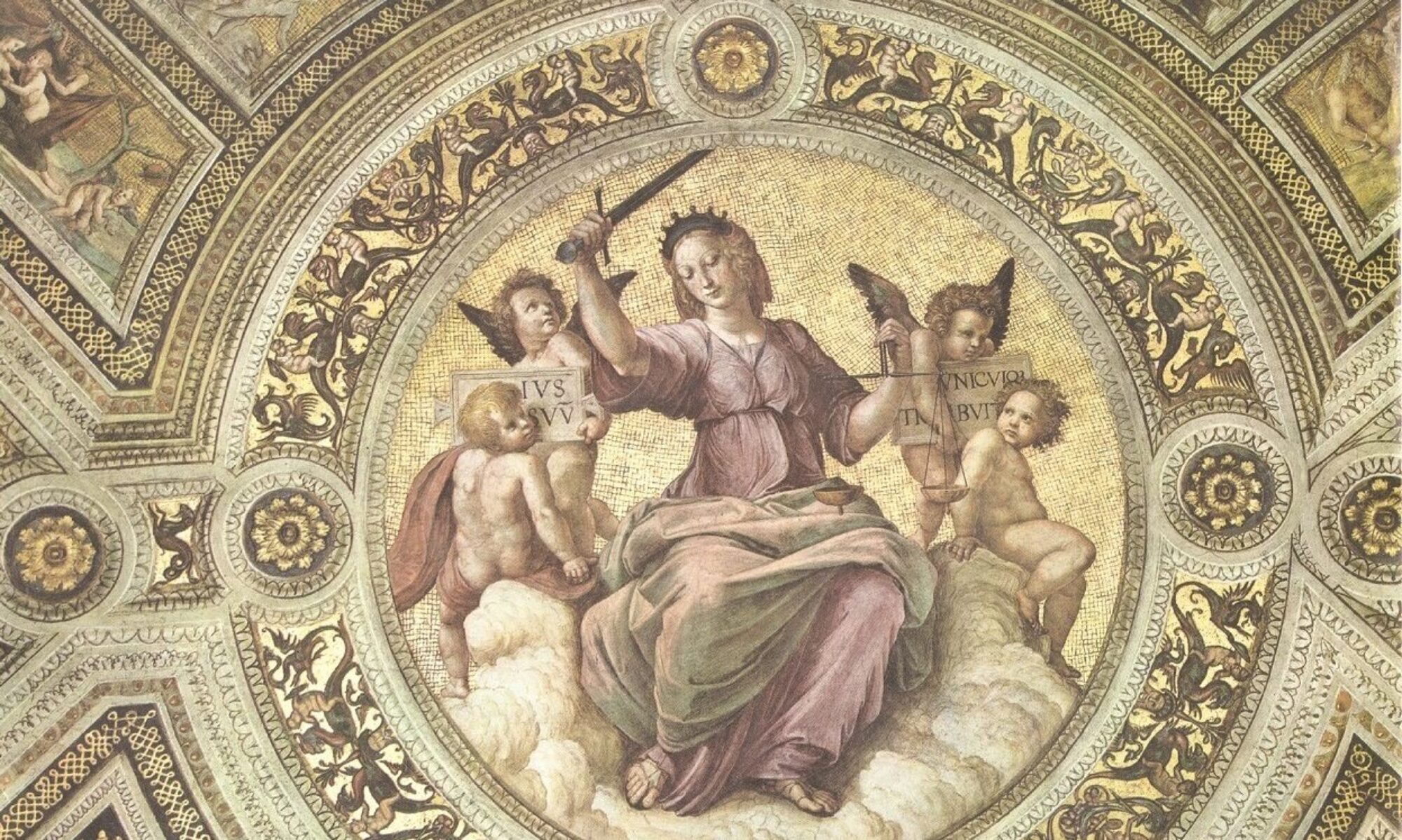by Gabriel Sanchez
Recently a pseudonymous author wrote a reply to E. M. Milco’s two recent critiques of liberalism (see here and here). It’s a bit of a queer piece, what with the author’s insistence that Catholic Action is a “neo-Catholic strategy” of relatively recent vintage. Moreover, the author seems to misunderstand “traditionalism” (and by this I assume he means traditional Catholicism) as an alternative to Catholic Action as opposed to its continuation. No traditional Catholic worth his salt should set aside lightly that the principles of Catholic Action are part of the authentic magisterium of the Church and arguably received their fullest explication during the reign of St. Pius X. Here is an extended excerpt on the matter, lifted from Papa Sarto’s 1905 encyclical Il Fermo Proposito:
6. This fact, however, is no reason to lose courage. The Church well knows that the gates of hell will not prevail against her. Furthermore, she knows that she will be sorely afflicted; that her apostles are sent as lambs among wolves; that her followers will always bear the brunt of hatred and contempt, just as her Divine Founder received hatred and contempt. So the Church advances unafraid, spreading the Kingdom of God wherever she preaches and studying every possible means she can use in regaining the losses in the kingdom already conquered. “To restore all things in Christ” has always been the Church’s motto, and it is especially Our Own during these fearful moments through which we are now passing. “To restore all things” — not in any haphazard fashion, but “in Christ”; and the Apostle adds, “both those in the heavens and those on the earth.” “To restore all things in Christ” includes not only what properly pertains to the divine mission of the Church, namely, leading souls to God, but also what We have already explained as flowing from that divine mission, namely, Christian civilization in each and every one of the elements composing it.
7. Since We particularly dwell on this last part of the desired restoration, you clearly see, Venerable Brethren, the services rendered to the Church by those chosen bands of Catholics who aim to unite all their forces in combating anti-Christian civilization by every just and lawful means. They use every means in repairing the serious disorders caused by it. They seek to restore Jesus Christ to the family, the school and society by re-establishing the principle that human authority represents the authority of God. They take to heart the interests of the people, especially those of the working and agricultural classes, not only by inculcating in the hearts of everybody a true religious spirit (the only true fount of consolation among the troubles of this life) but also by endeavoring to dry their tears, to alleviate their sufferings, and to improve their economic condition by wise measures. They strive, in a word, to make public laws conformable to justice and amend or suppress those which are not so. Finally, they defend and support in a true Catholic spirit the rights of God in all things and the no less sacred rights of the Church.
8. All these works, sustained and promoted chiefly by lay Catholics and whose form varies according to the needs of each country, constitute what is generally known by a distinctive and surely a very noble name: “Catholic Action,” or the “Action of Catholics.” At all times it came to the aid of the Church, and the Church has always cherished and blessed such help, using it in many ways according to the exigencies of the age.
Two years earlier, in his motu proprio Fin Dalla Prima Nostra, Pius X set forth “the fundamental plan” of Catholic Action. No Catholic should feel entitled to deviate from these and other core principles of the Church’s social magisterium. Rather they should invest the time to learn what these principles are and, from there, devise the means to put them into practice. This is easier said than done, of course, especially at a time in global history where liberalism has managed to box-out almost every other competing ideology on the planet to become absolutely normative (or nearly so). But there are small ways that arise in the course of everyday life to help “restore all things in Christ.” They include—but are certainly not limited to—keeping a small icon or crucifix at one’s desk at work; praying before meals, even when in public; correcting in charity those who besmirch the Faith; showing love toward the poor and less fortunate; taking time out during the day to pray; etc. All of these acts are, by today’s lights, quite radical; but they also have the benefit of conforming to the desires of a great pope and, more importantly, Christ the King of all peoples.
This post originally appeared at Opus Publicum.

